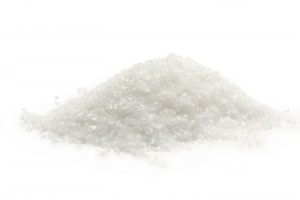
• Sulpher was used to control insects and mites in ancient Sumer around 2,500 BC.
• Mercury and arsenic were used to control body lice by the ancient Chinese.
• Salt and/or sea water have been used to control weeds in many cultures for thousands of years; in times of war it was also used to destroy soil so it would be useless for growing crops.
• Sulphur was burned to kill insects by the Romans.
• Pyrethrum is a natural insecticide made from dried Chrysanthemum flowers; the Persians used the ground powder to protect stored grain.
• Herbs were burned to repel mosquitoes in third century, BC China.
In later centuries farmers began to use toxic chemicals like mercury, arsenic, and lead to treat crops. In addition, the natural insecticides like pyrethrum (from Chrysanthemums) and rotetone (from roots and stems of subtropical plants like the Jicama) were used to control pests around crops and stored grains.
The 19th and 20th centuries are when the most toxic pesticides were discovered and used. DDT was discovered in 1874, and came into wide use in WWII. (Paul Muller, its founder, was given a Nobel Prize for discovering its effectiveness as an insecticide!)
In terms of this century there are far stricter regulations, and the pest control industry is continuing to research and develop newer, more effective, and safer compounds to control the pests that cause millions of dollars of damage to homes and businesses every year!
